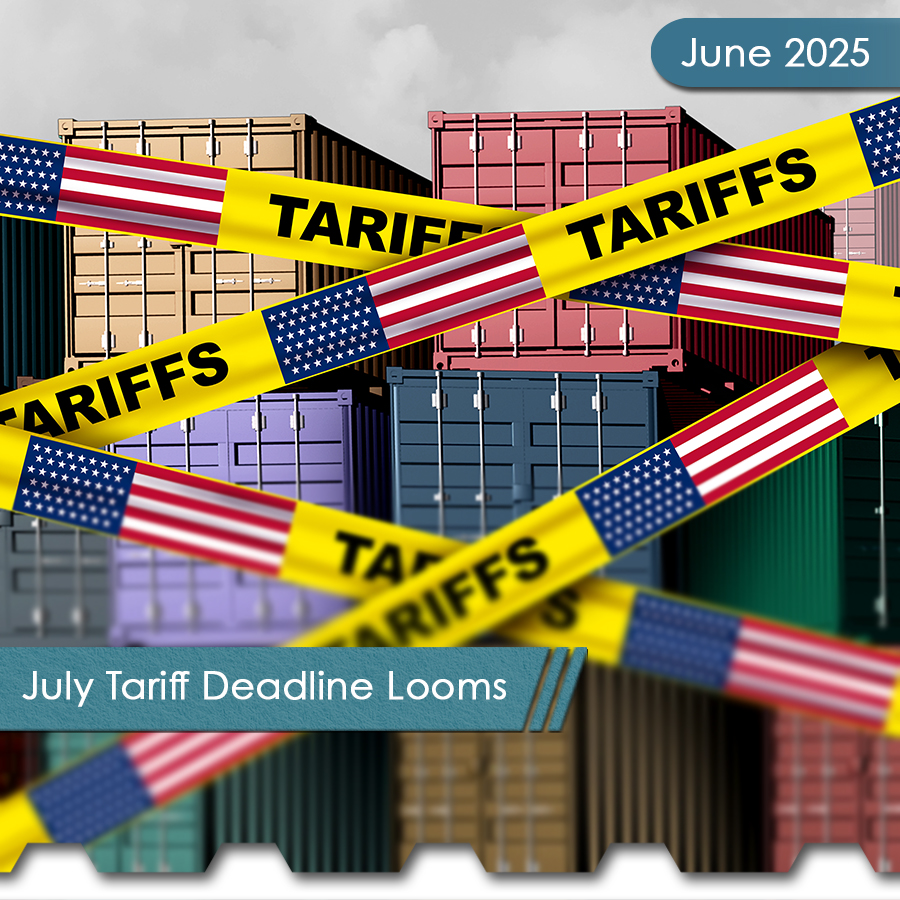 Enterprise transportation spending has skyrocketed. U.S. businesses invested almost $1.5 trillion in logistics services in 2017, an all-time high, according to researchers from the Council of Supply Chain Management Professionals. Chemicals manufacturers were, of course, among the numerous organizations that contributed to this spend; as such firms heavily depend upon commercial freight companies. Why are the enterprises that populate this unique and ever-expanding niche setting aside so much for shipping? A number of significant challenges plague logistics services providers, especially those operating in the continental U.S. Together, these issues, which require expensive intervention, are expected to cost American chemical companies an additional $79 billion between 2017 and 2027, according to analysis from the American Chemistry Council and PricewaterhouseCoopers.
Enterprise transportation spending has skyrocketed. U.S. businesses invested almost $1.5 trillion in logistics services in 2017, an all-time high, according to researchers from the Council of Supply Chain Management Professionals. Chemicals manufacturers were, of course, among the numerous organizations that contributed to this spend; as such firms heavily depend upon commercial freight companies. Why are the enterprises that populate this unique and ever-expanding niche setting aside so much for shipping? A number of significant challenges plague logistics services providers, especially those operating in the continental U.S. Together, these issues, which require expensive intervention, are expected to cost American chemical companies an additional $79 billion between 2017 and 2027, according to analysis from the American Chemistry Council and PricewaterhouseCoopers.
With this disturbing projection in play, stateside chemical companies should gain an in-depth understanding of the logistics issues affecting the industry.
Competition and staffing in the trucking space
An estimated 61 percent of chemical shipments travel via truck, making the semi the dominant mode of transportation within the space, the ACC and PwC discovered. Unfortunately, the upward momentum of the economy has created a traffic jam of sorts, as businesses across all industries race to reserve the relatively limited number of shipping slots and push trucking companies to capacity. This heightened competition has allowed logistics organizations to raise prices with impunity, The Wall Street Journal reported. However, demand is not the only variable fueling this price increase. Logistics companies with mature trucking fleets have been struggling to achieve optimal staffing levels for some time. The nationwide trucker shortage presently sits at 50,000 and could increase to as much as 174,000 by 2026. Firms in this logistics niche are attempting to address this issue by luring new drivers with high salaries and robust training programs, the cost of which they are lying in the laps of customers. Sadly, there are no solutions on the horizon, meaning chemical companies will be forced to pay increased trucking costs for some time or risk severing their supply chains.
Congestion on the railroads
As the second-most utilized shipping method in chemicals manufacturing behind trucking, rail plays an essential role in the space, especially for bulk shippers. While most businesses in the industry continue to see logistical success with this particular mode of transportation, it is not without its issues – namely, congestion. Back in February 2018, for instance, organizations in several sectors saw significant delays stemming from congestion at Canadian National Railway and Union Pacific Railroad terminals in Illinois due to a variety of variables, including weather, locomotive operator shortages and electric logging device issues, the Journal of Commerce reported. With turn-around times stretching as long as four hours, shippers voiced considerable displeasure. Depleted infrastructure is often cited as a contributing factor, as private and government entities responsible for American railroads lag behind on mission-critical repairs to tracks, cables and other key fixtures, the ACC and PwC found.
The Association of American Railroads and other industry groups have long advocated for increased institutional investment. But without a massive infusion of cash, little is likely to change, an unfortunate scenario for chemicals manufacturers.
Crumbling marine infrastructure
American ports have long bolstered logistics operations in the chemicals arena. Today, approximately 14 percent of all chemical products move through these aquatic gateways by way of marine container vessels, according to the ACC and PwC. However, this logistics strategy has been less reliable as of late. The causes? Crumbling infrastructure is one, analysts for the American Society of Civil Engineers found. A good number of the more than 920 ports that dot the country have not been retrofitted to accept modern container ships, which boast carrying capacities as high as 22,000 twenty-foot equivalent units. For comparison, in 2005, the average shipping vessel could hold no more than 10,000 TEU. Without the physical structures needed to support the streamline flow of the behemoth ships of today, congestion regularly occurs.
In addition to suffering from serious infrastructural deficiencies, U.S. ports are often at the center of maritime administrative disputes that inhibit operations. West Coast ports in particular are known for experiencing delays due to such disputes, the ACC and PwC found. For example, a contractual conflict between the International Longshore and Warehouse Union and the Pacific Maritime Association back in 2015 derailed productivity at ports across the Pacific Coast. Unfortunately, the solutions for these maritime shipping problems are few and far between, which will require businesses in the chemicals manufacturing space to come up with internal fixes to mitigate the impact.
Finding a solution
These multi-modal logistics challenges might seem insurmountable, especially since there are, at the moment, virtually zero overarching solutions capable of ameliorating these issues in one foul swoop. However, chemical companies are not doomed to ratchet up their logistics budgets into perpetuity to cover the cost of logistical dysfunction. Adding flexibility to the supply chain is the best solution here. Chemical companies that do this by growing their supply bases, streamlining procurement methods and facilitating optimal collaboration can find their way in today’s less-than-ideal enterprise transportation arena without losing steam or emptying the coffers.





